Quiz Sciences
Last Updated:
IMPROVE YOUR KNOWLEDGE WITH OUR SCIENCE QUIZ
Are you passionate about science? We offer you a collection of science quizzes to test your knowledge on different subjects, such as physics, biology, chemistry, astronomy, geology, etc.
Our science quizzes are a fun and educational way to discover the world of science. With our selection of questions on different topics, you can test your knowledge about science and technology. Do you know the most important laws of physics? Can you name the different parts of the human body? Can you identify the different chemical elements? Our science quizzes are here to help you answer these questions and expand your scientific knowledge.
Our science quizzes will help you discover new topics and theories, as well as learn about the great scientists in history. Science quizzes are a fun way to reinforce your knowledge and discover the beauty and complexity of the universe. So if you are a science enthusiast or just curious, come test your knowledge with our science quizzes.
sciences
/ 10
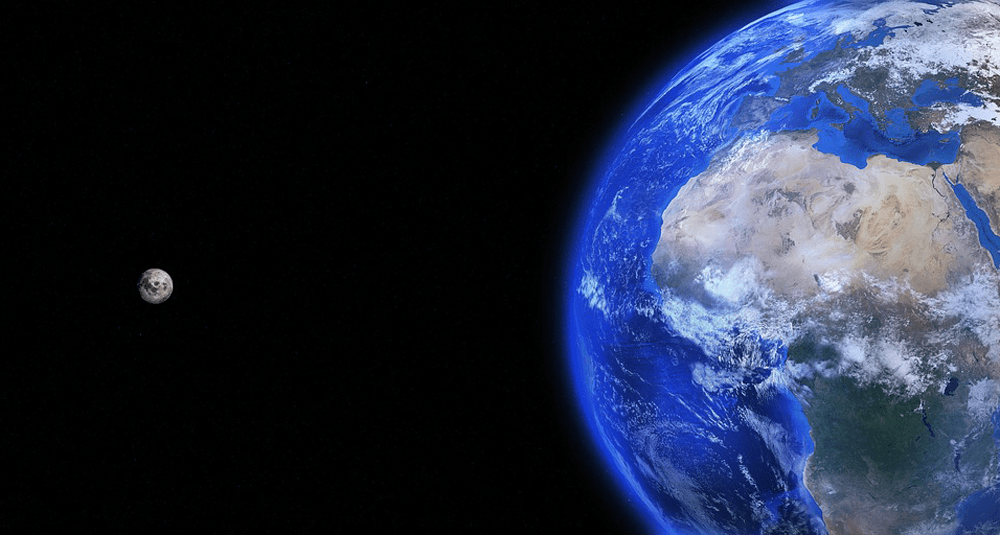
How far from the Earth is the Moon?
1384 400 kilometers
2584 400 kilometers

🙌 Good answer
The average distance between the Earth and the Moon is around 384,400 kilometers. This distance varies slightly due to the Moon's elliptical orbit.
Next question

😞 Wrong answer
The average distance between the Earth and the Moon is around 384,400 kilometers. This distance varies slightly due to the Moon's elliptical orbit.
Next question
sciences
/ 10
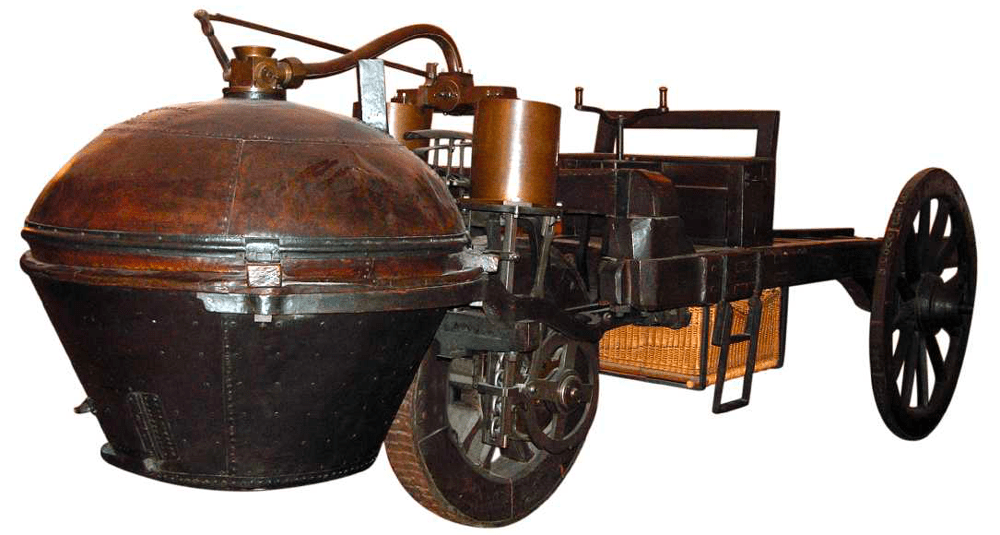
Which French military engineer built the first motor vehicle ?
2Nicolas Joseph Cugnot
1Charles Jeantaud

🙌 Good answer
In 1769, French military engineer Joseph Cugnot built the first motorized steam vehicle, the fardier à vapeur, the forerunner of the automobile.
Next question

😞 Wrong answer
In 1769, French military engineer Joseph Cugnot built the first motorized steam vehicle, the fardier à vapeur, the forerunner of the automobile.
Next question
sciences
/ 10
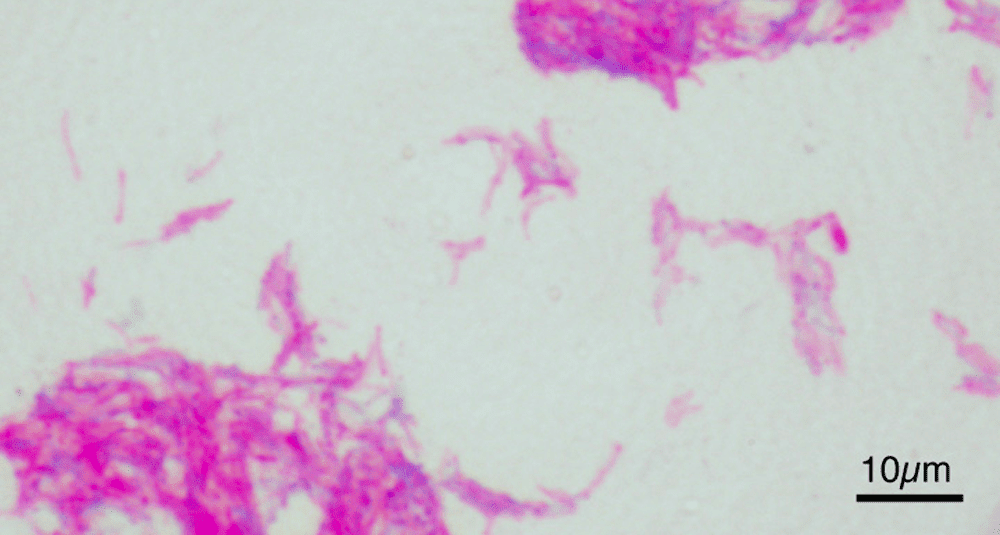
Against which infectious disease is the Calmette and Guérin bivalent vaccine used?
2Tuberculosis
1Malaria

🙌 Good answer
The BCG (Calmette-Guérin) vaccine is used to prevent tuberculosis, an infectious disease that mainly affects the lungs.
Next question

😞 Wrong answer
The BCG (Calmette-Guérin) vaccine is used to prevent tuberculosis, an infectious disease that mainly affects the lungs.
Next question
sciences
/ 10
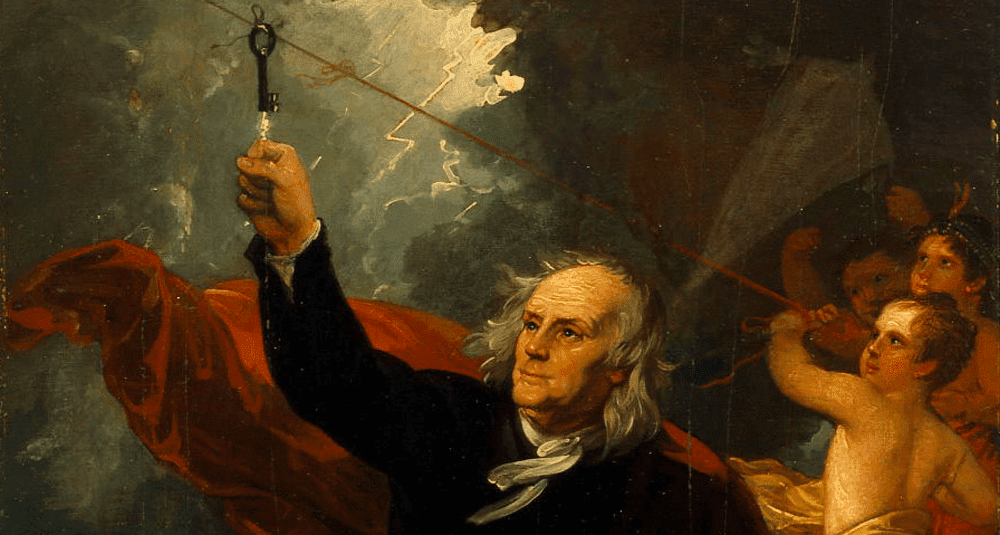
What device is the result of Benjamin Franklin's kite experiment?
2The lightning conductor
1The electric bulb

🙌 Good answer
Franklin's kite experiment is a scientific research conducted by Benjamin Franklin in 1752, and aimed at proving the electrical nature of lightning. His operating protocol - flying a kite during a thunderstorm to make it strike by lightning - made him famous and made him the inventor of the lightning rod.
Next question

😞 Wrong answer
Franklin's kite experiment is a scientific research conducted by Benjamin Franklin in 1752, and aimed at proving the electrical nature of lightning. His operating protocol - flying a kite during a thunderstorm to make it strike by lightning - made him famous and made him the inventor of the lightning rod.
Next question
sciences
/ 10
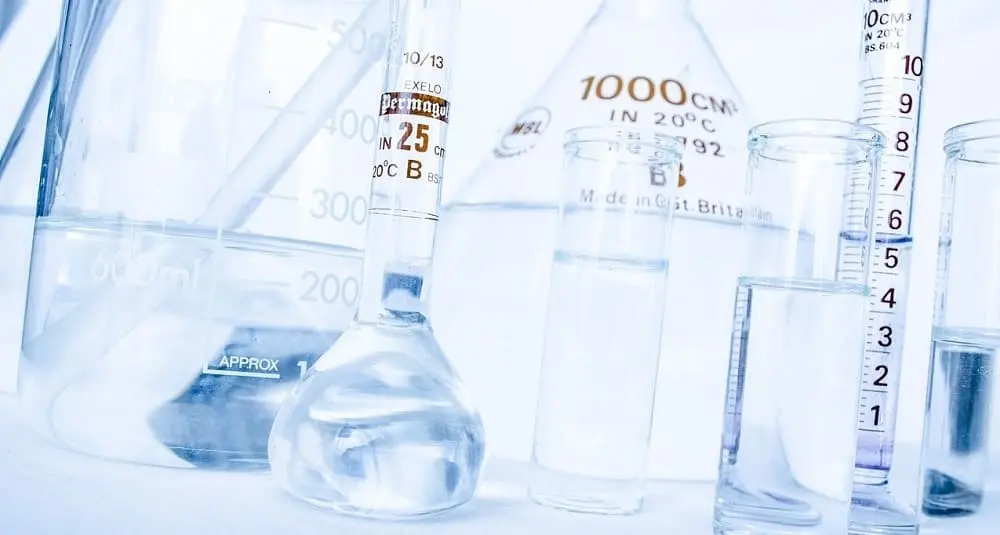
What is the name of the chemical symbol F?
1Fluorine
2Francium

🙌 Good answer
In Mendeleyev's periodic table of elements, F is the symbol for the chemical element Fluorine!
Next question

😞 Wrong answer
In Mendeleyev's periodic table of elements, F is the symbol for the chemical element Fluorine!
Next question
sciences
/ 10
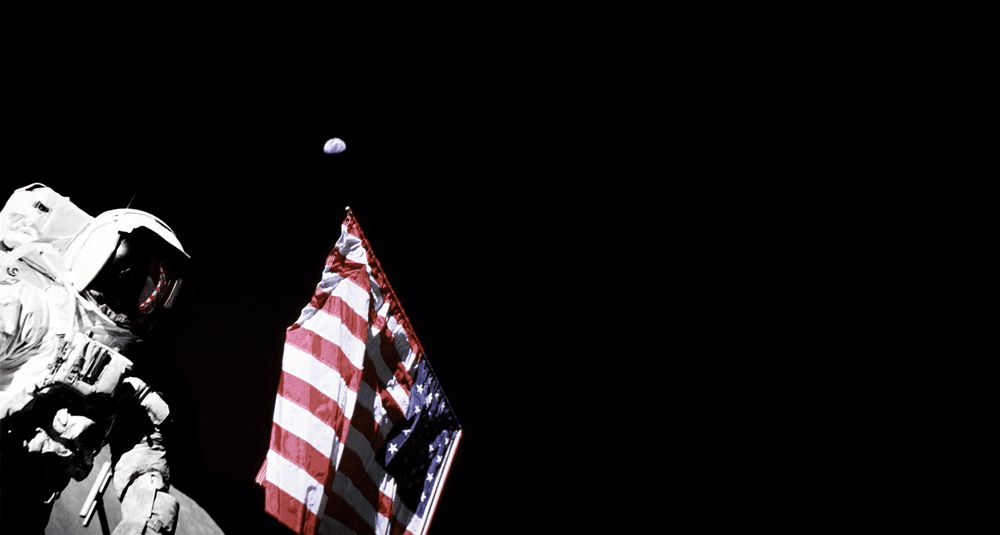
How many astronauts in the Apollo space program have walked on the moon?
212
19

🙌 Good answer
NASA's Apollo space program, launched in 1961 and completed in 1975, saw twelve American astronauts walk on the moon.
Next question

😞 Wrong answer
NASA's Apollo space program, launched in 1961 and completed in 1975, saw twelve American astronauts walk on the moon.
Next question
sciences
/ 10
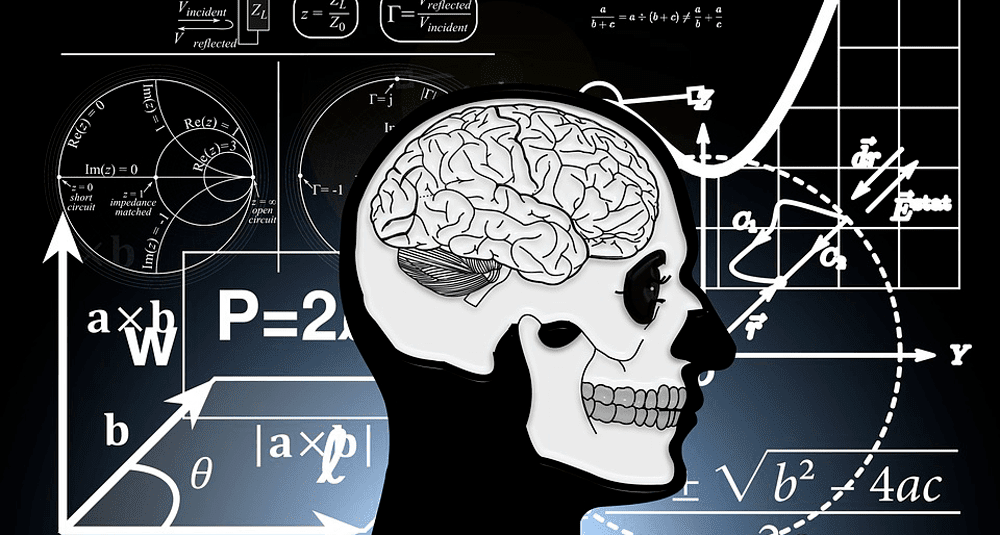
how many axioms is Euclid's construction built?
15
210

🙌 Good answer
Euclid's geometric construction is based on five axioms, or postulates, set out in his major work The Elements, written around 300 BC.
Next question

😞 Wrong answer
Euclid's geometric construction is based on five axioms, or postulates, set out in his major work The Elements, written around 300 BC.
Next question
sciences
/ 10
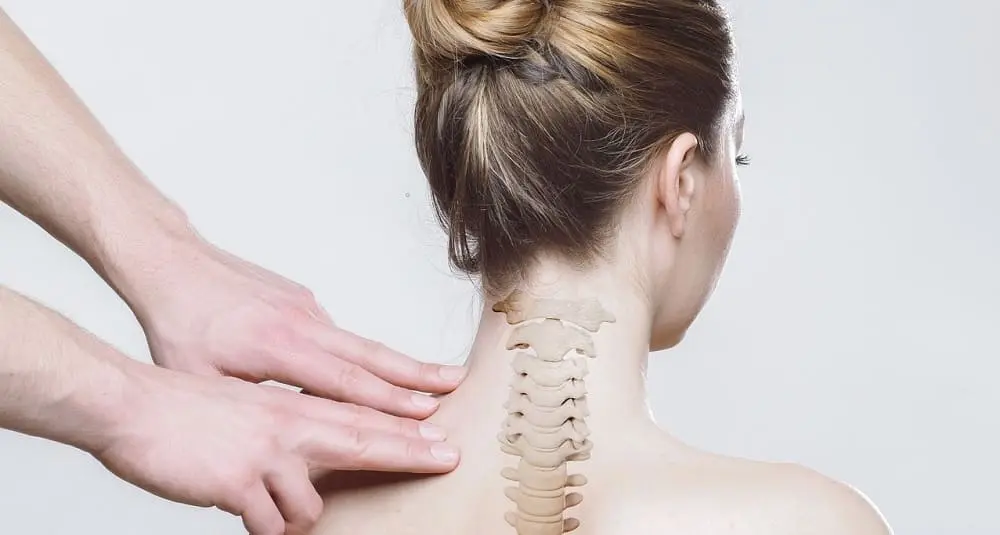
How many vertebrae is the human vertebral column made of?
233
124

🙌 Good answer
The spinal column supports the head and transmits the body's weight to the hip joints. It is made up of 33 vertebrae.
Next question

😞 Wrong answer
The spinal column supports the head and transmits the body's weight to the hip joints. It is made up of 33 vertebrae.
Next question
sciences
/ 10

How many elements does the original Mendeleev periodic table contain?
163
2118

🙌 Good answer
The periodic table of elements established by Dmitri Mendeleïev had 63 elements in 1869. Today, there are 118 elements, including those that have been synthesized by man.
Next question

😞 Wrong answer
The periodic table of elements established by Dmitri Mendeleïev had 63 elements in 1869. Today, there are 118 elements, including those that have been synthesized by man.
Next question
sciences
/ 10

When was the first in vitro fertilization performed?
11978
21988

🙌 Good answer
The first successful in vitro fertilization (IVF) took place in 1978, giving birth to Louise Brown, the world's first test-tube baby.
Next question

😞 Wrong answer
The first successful in vitro fertilization (IVF) took place in 1978, giving birth to Louise Brown, the world's first test-tube baby.
Next question



